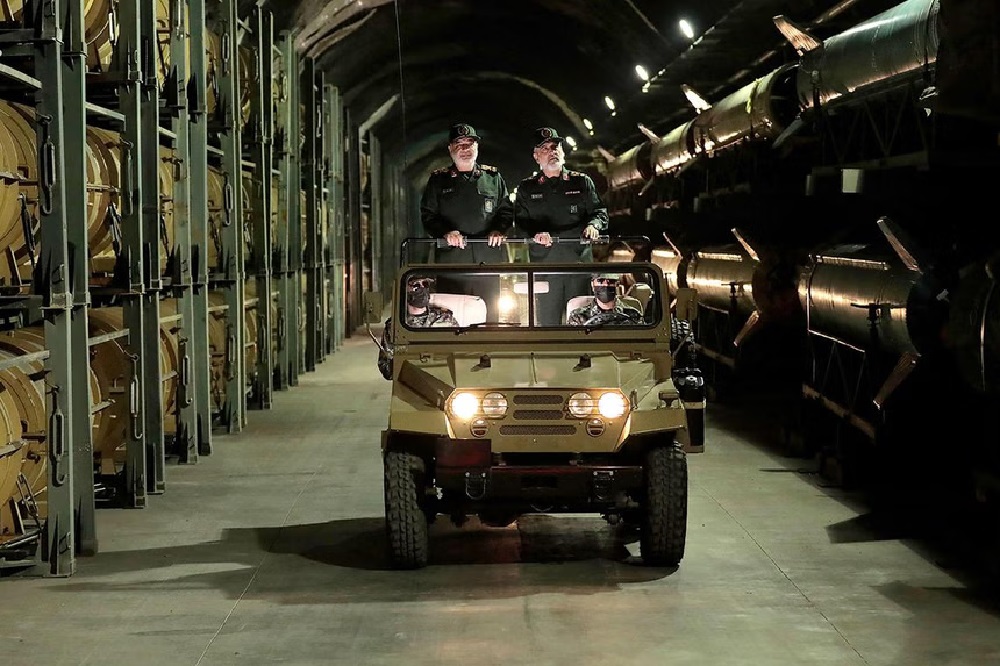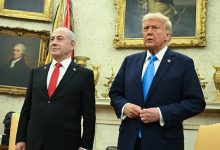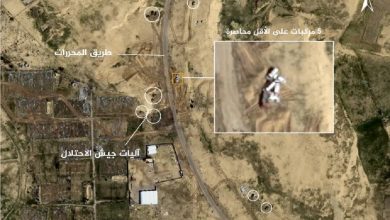Iran Unveils Underground Missile City Amid Rising Tensions with Israel
Revolutionary Guard reveals vast arsenal of advanced ballistic missiles in secret facility, signaling readiness for regional confrontation.

Watan-In a Military Move with Clear Deterrent Messages, Iran Unveils Underground Missile City
In a significant military step carrying clear messages of deterrence, Iran has unveiled an underground missile city belonging to the Aerospace Force of the Islamic Revolutionary Guard Corps (IRGC), at a highly sensitive time marked by unprecedented regional tensions—particularly with Israel.
The announcement was made through Iran’s official media outlets, showcasing massive military facilities located deep underground. These facilities house thousands of advanced ballistic missiles of various types, including “Kheibar Shekan,” “Sejjil,” “Emad,” “Haj Qassem,” and “Ghadr”, reflecting the qualitative progress in Iran’s defensive capabilities.
Iran’s Underground Missile City Signals Strategic Shift
The secret missile city, now revealed, is considered one of Iran’s major strategic surprises—especially after reports suggested it had been used as a launch base for missile strikes on Israeli targets earlier this year. This raises serious questions about Iran’s readiness for a potential regional war, amid ongoing Israeli escalation and strikes on Iranian and Syrian targets.
🔴الكشف عن مدينة صـ ـ ـاروخية إيرانية في أعماق الأرض..
ما مواصفاتها العسكرية ولماذا تمثل رسالة نوعية لإسرائيل ومن معها؟👇 pic.twitter.com/LkKFQqVv38
— وطن. يغرد خارج السرب (@watanserb_news) March 27, 2025
In addition to its missile arsenal, the IRGC has previously disclosed the existence of underground naval facilities used to store ships, indicating a multi-dimensional defensive strategy based on concealment and surprise. This latest reveal coincides with growing tensions over Iran’s nuclear program, and renewed speculation about possible preemptive strikes against Tehran—making the missile city a veiled message: “The response is ready if necessary.”
Military analysts view this move as a shift in Iran’s deterrence doctrine, sending a direct signal to Israel and its allies—especially the United States—that any future confrontation will be costly. While Tel Aviv has not issued any official comment, indicators suggest growing concern within Israel’s security establishment over the development of Iran’s capabilities.
The question remains: Are we witnessing the beginning of a new military balance in the region? Or is this missile city just the first in a series of surprises Tehran may reveal? Only the coming days will tell.






